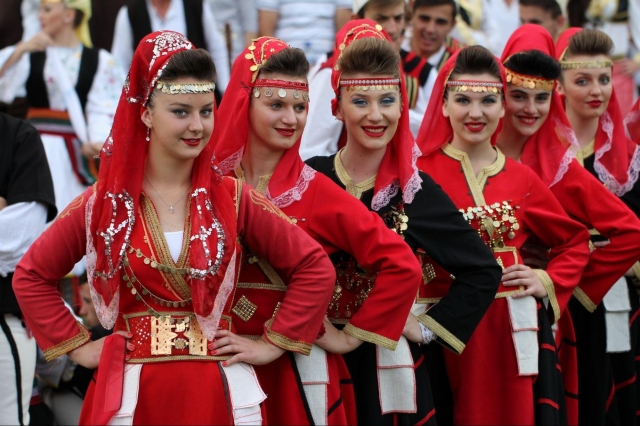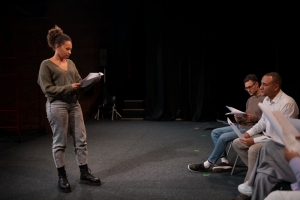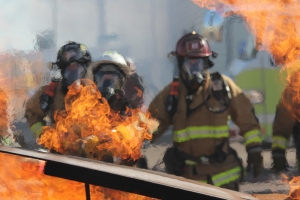From the Adriatic coastline to urban enclaves across Western Europe, Albanian culture has quietly and steadily woven itself into the fabric of the continent. Whether through language, music, traditions, or values, Albanians have contributed to the cultural richness of Europe, particularly in the Balkans and southern Italy.
This article examines the impact of Albanian customs, history, and diasporic communities on other European societies.
A Historical Footprint Across Borders
Albania's influence in Europe isn't new. One of the most significant examples is the Arbëreshë community, descendants of Albanians who fled to Italy in the 15th century following the Ottoman conquest. Today, this community of the Balkanites still thrives in southern Italy, especially in Calabria and Sicily. The Arbëreshë have preserved their language, Byzantine religious practices, culinary customs, and even aspects of traditional dress for over 500 years, becoming a rare example of cultural resilience in Europe.
Beyond Italy, waves of Albanian migration in the 20th and 21st centuries - to Switzerland, Germany, Greece, and the UK - have created vibrant diaspora communities. These groups often serve as bridges, blending Albanian customs with the traditions of their host nations and contributing to multicultural dialogues through food, arts, and business. With the rise of digital media, even those in remote areas can now stay connected to their roots: many families use shiko kanale shqip services to watch Albanian programming in real time.
Shared Traditions: Albanian Culture Within a Broader European Context
One of the most notable is the tradition of hospitality, rooted in the ancient code of besa, a word that signifies trust, honor, and the sacred promise of protection. While uniquely emphasized in Albanian society, similar values exist across Southern Europe. For instance, Greece's concept of philoxenia, welcoming strangers as guests from the gods, mirrors the Albanian approach. These shared cultural ethics form a Mediterranean and Balkan tradition where trust and warmth toward guests are core social virtues.
Religious and seasonal celebrations are another point of cultural overlap. Dita e Verës (Summer Day), a pre-Christian Albanian festival that marks the arrival of spring, shares common ground with other European rites of seasonal transition. The festival's themes of renewal and nature's awakening parallel Slavic Maslenitsa and various Carnival customs in Italy and Spain. Despite religious differences across regions, these spring celebrations reflect a pan-European cultural heritage deeply tied to agrarian cycles and community unity.
Even architecture and traditional clothing tell a shared story. Northern Albania's fortified kullas (stone tower houses) bear a resemblance to similar defensive structures in Montenegro and Kosovo. In southern regions, Ottoman-influenced houses with overhanging upper floors resemble those seen across the Balkans and parts of Turkey. Similarly, traditional Albanian garments, particularly the intricate embroidery and handwoven fabrics, carry motifs also found in Romanian, Bulgarian, and North Macedonian folk dress.
Language, Music, and Media
The Albanian language, one of Europe's oldest linguistic branches, has drawn increasing interest from linguists and cultural historians. In multilingual regions like Kosovo and parts of North Macedonia, Albanian is co-official and plays a vital role in cross-cultural communication. Additionally, Albanian pop stars such as Dua Lipa, Rita Ora, and Bebe Rexha have brought Albanian music and language to global stages.
Meanwhile, television and cinema have amplified Albanian visibility. Shows like Big Brother Albania, accessible in parts of Europe through shqip TV live services like NimiTV, have gained traction not just among Albanians but among neighboring audiences as well. The content blends humor, drama, and commentary on regional values, highlighting similarities that resonate across cultures.
Culinary Bridges and Cultural Diplomacy
Albanian cuisine has found its way onto European tables, especially in countries with significant diaspora populations. Dishes such as byrek, tavë kosi, and grilled meats echo flavors found in Greek, Turkish, and Balkan kitchens, offering both comfort and connection to a broader Mediterranean identity.
Moreover, Albania's participation in European cultural initiatives, film festivals, and academic exchanges demonstrates its commitment to mutual understanding. Albanian universities and institutions increasingly collaborate with European partners, promoting the study of language, history, and cultural preservation.
Conclusion: A Two-Way Cultural Exchange
The influence of Albanian culture on European societies is both subtle and far-reaching. From centuries-old Arbëreshë villages in Italy to contemporary music charts and culinary trends, Albanians continue to enrich the continent's cultural landscape. In turn, their own customs have evolved through contact with other European traditions, creating a dynamic, living heritage.
For members of the Albanian diaspora looking to stay connected, services like NimiTV offer more than just entertainment—they are tools of cultural continuity. With access to 250+ Albanian channels and programs that reflect everyday life, history, and humor, NimiTV helps Albanian communities across Europe maintain their bond to their roots while celebrating their place in the wider European mosaic.






